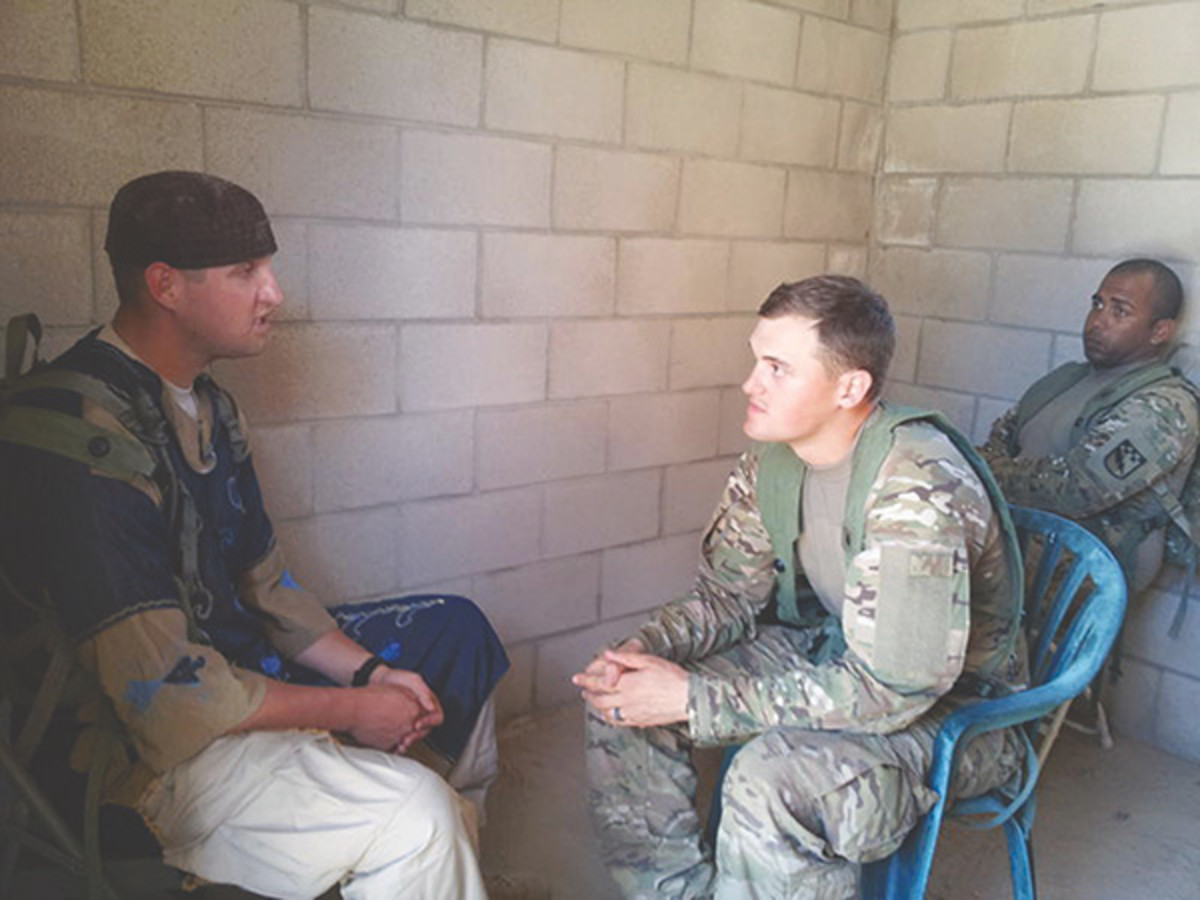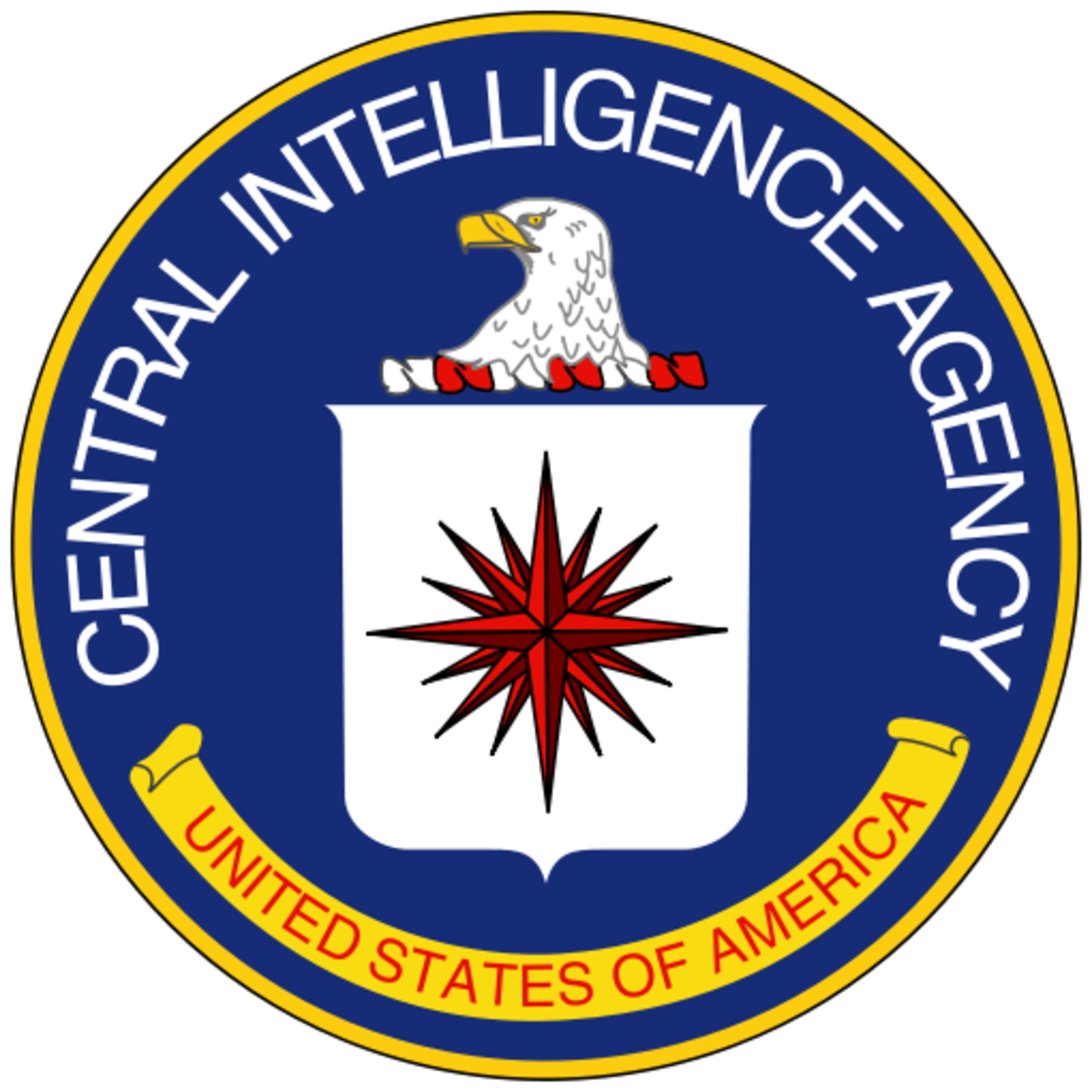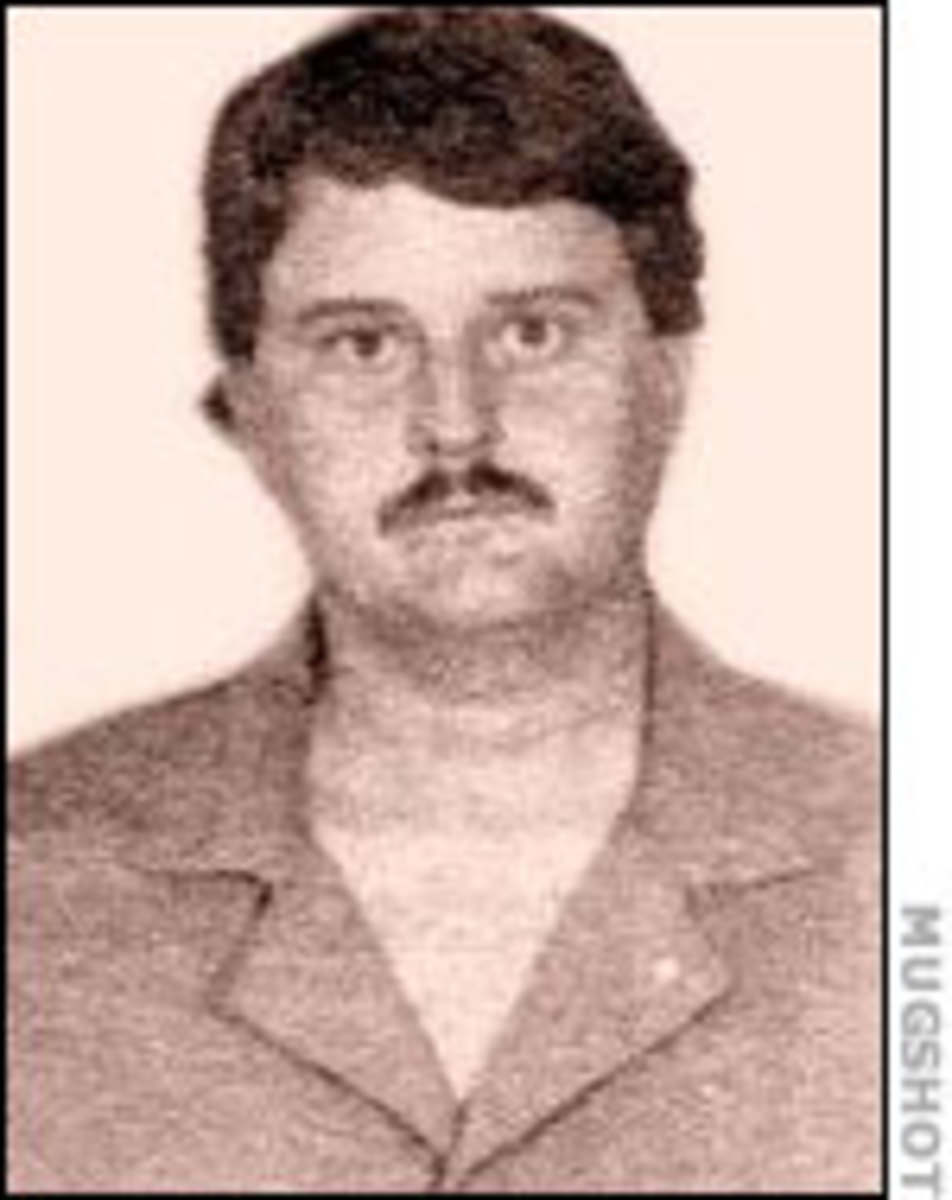The CIA: A Nazi Network
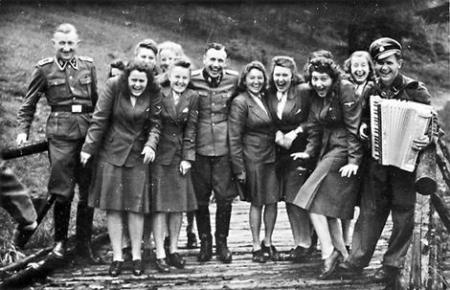
While there have always been and will always be, greedy and manipulative politicians and lawmakers intent on promoting self-interest, erosion of American integrity began to scar the landscape of democracy with the inception of the CIA in 1947. The early years were primarily filled with concerns and actions to prevent the spread of communism in Europe. Support of anti-communist groups brought little success. Supporting an organization in Poland with financial and technical help that was run by the polish intelligence in 1948, brought more success in limiting the spread of Communism in France and Italy was experienced.
When the world of prominent Nazis came crashing down around them towards the end of WWII, the Office of Strategic Services (OSS) was quick to recruit them. Their interest lay in the intelligence gathered on the Soviets by Nazi intelligence agents. Those agents were quickly brought into the fold. The OSS was disbanded once WWII was officially ended. President Truman didn't feel the need for intelligence gathering during peace time. However, as concerns over encroaching Communism were continuing to grow, it was decided to form an agency which would be charged with gathering information even during peace time. The idea was that the US needed to have such information in order to be aware of possible activities and planned events which might threaten the safety of the US.
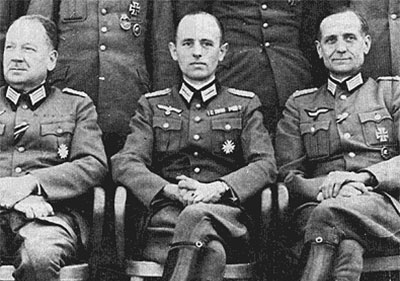
One of the Nazis brought into the CIA was Reinhard Gehlen, known as Hitler's “spy master” responsible for overseeing a giant organization of more than 3,500 spies, scattered across Eastern Europe and the Soviet Union. Gehlen's operatives had been extremely successful infiltrating the Red Army and the Soviet General Staff. Possessing the files gathered by German spies was of great importance to a certain group of Americans. The documents detailed roads, bridges, military installations, airfields, communications sites, and factories. Such information would be invaluable to a military planner.
Recognizing that the war could not be won, early in 1944, Gehlen began moving on plans to save himself and his entire organization. Abandoning Berlin, Gehlen and his officers headed toward Switzerland and the Americans. They surrendered to an American unit captained by John Boker. Once Boker found out about the documents hidden away in secret caches, he worked to turn Gehlen and his officers over to the OSS, rather than following policy and giving them up to the Soviets.
According to Gehlen's memoirs, Boker accomplished the task of removing the names of Gehlen's men from the rosters of war criminals. He then took the partial records provided by Gehlen and quickly got them out of the interrogation center without Military Intelligence knowing of their existence. Within 90 days, Boker managed to achieve direct liaison with General Walter Bedell Smith, Chief of Staff of the Allied Supreme Command who afforded him personal support. The general later became the head of the CIA.
It isn't likely that Boker as a mere captain would be able to pull such stunning feats of clandestine operations off. It is more likely that Gehlen had managed to set it up prior to surrendering to Boker's unit, through contacts within the German High Command. These contacts already had business dealings with the American Intelligence community, specifically Allen Dulles. Within 18 months, the Gehlen Org, which was rebuilt from the original network of Nazi spies, was placed in West Germany on official OSS orders. A new intelligence agency had been created; that of the CIA.
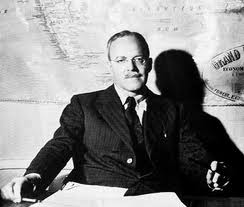
While the newly formed CIA was setting up shop in Germany, back home in the US, Operation Paperclip was well underway. The operation was another program of the OSS in which Nazis were recruited to work for the US, and was conducted by the Joint Intelligence Objectives Agency (JIOA) In this case, the Nazis being recruited were scientists. One of the purposes of the program was to ensure that German scientific knowledge didn't fall into the hands of the USSR.
In the mean time, Gehlen went to work organizing the new intelligence network, made up mostly of his former agents who had penetrated the Iron Curtain. One of the stipulations placed on him by US officials was that he was forbidden to hire any former Gestapo, SS, or SD members, but he ignored the directive and put them on the agency's payroll. The CIA failed to react by allowing him to do so.
Two of those recruited against stipulations were Emil Augsburg and Dr. Franz Six. Dr. Six was well known for the eager manner in which he accomplished his job. He was an avid advocate of creating anti-semitic and anti-masonic propoganda, even going so far as to recommend the dismantling of the Boy Scouts should the plan to conquer Britain succeed. Six and Emil Augsburg had been members of the Death's Head killing squad.
In the spring of 1941, four mobile killing squads were organized by the SS. They were specially trained murder units which followed invading troops for the purpose of capturing and eliminating Jews, communists, and other officials. Those marked for death were led to mass burial pits, made to remove all clothing and then shot in the back of the head. It was the initial method of executing Hitler's Final Solution, prior to using the death camps.
As well as Dr. Six and Augsburg, Gehlen recruited former Gestapo chiefs from France and Germany, in addition to Willi Krichbaum, the former senior Gestapo leader for all of southeastern Europe.
Once the new network was established, the OSS financed the escape of former Nazis through a program set up by Gehlen. “Rat lines” were set up to provide an escape network for Nazi war criminals to escape prosecution. Over 5,000 Nazis were spirited out of Europe and relocated around the world, most going to South and Central America.
It's alleged that new identities for the escaped Nazis were provided by former OSS officer, James Jesus Angleton, who was later to become the CIA Chief of Intelligence. At the time in question, Angleton worked directly under Allen Dulles. Argentina, Chile, Nicaragua, and El Salvador were the countries of choice, providing a new home to such characters as the mass murderer Klaus Barbie (the Butcher of Lyons) and Dr. Joseph Mengele, infamous for his crude genetic experiments and torture on Jewish prisoners.
Gehlen knew he had to produce information officials in Washington would view as valuable. He also knew that in order for an intelligence agency to justify a large budget during peace time, there would have to be a strong belief that imminent danger was just a breath away. Recognizing the US position regarding Communism and the threat posed by its spread to other countries, Gehlen chose the threat of the Red Menace as a target to focus efforts upon.
He began feeding information to Dulles which eventually was passed on to President Truman. The information showed that the Russians were positioned to attack the West. His reports were total fiction designed to convince Truman that continued monitoring of Russian activities was crucial to maintaining an upper hand in the situation. His collections of false reports brought about the intended result of Truman ceasing the military cutbacks he had initiated.
Allen Dulles, as well as other veteran OSS agents knew the reports could not contain truthful information. They were well aware of the fact that the Russian army was behind in technology and manpower, requiring at least another ten years to become any kind of real threat to the US. However, they chose to ignore truth in favor of a bigger budget.
Doing an about face, Truman went from cutting the military budget to increasing spending for military equipment, weapons research, and funding the aircraft and space programs. He ordered an increase in the development and construction of nuclear weapons. For the fledgling CIA, the most important result of Gehlen's false reporting was the millions of dollars being pumped into the budget for covert operations. The following decade saw over $200 million in funds consumed by the CIA without being responsible to accounting for the expenditures.
The unnecessary cost to American taxpayers? Over $8 trillion and a Cold War that spanned almost half a century. From the very moment of its inception, the CIA has been an organization intent on feeding itself through manipulation and deceit, providing the constant “enemy at the gate” threat in order to maintain the belief that they are necessary to the safety of the US. Intelligence gathering is now big business; very profitable not only to all intelligence organizations, but also to the defense industry and those who finance it, as well as the military.
If you found this information helpful, please pass it on by clicking the Tweet, Like, or +1 button provided at the top of the page.
- 9/11: The New Pearl Harbor?
This year marks 10 years since terror proved it had grown roots in American soil. Much has been written and rewritten about the events of 9/11, as well as some of the blunders in handling a growing concern with terrorism. The author gives a chronolog - Embattled WikiLeaks Founder - Rape or American Counterstrike?
Julian Assange's rape accusation. Is it true or just another attempt at discrediting him in the ongoing battle by US officials to halt his furious campaigns to expose fraud, lies, and misinformation in governments steeped in their own manufactured co - Sharia Law In America
Our insistence on being politically correct has led us down the merry path extreme Islamists have always intended, that of becoming a country divided on how we should be treating Muslims and their religion. There can be no division if we are to prese - The Lighter Side Of Crime


